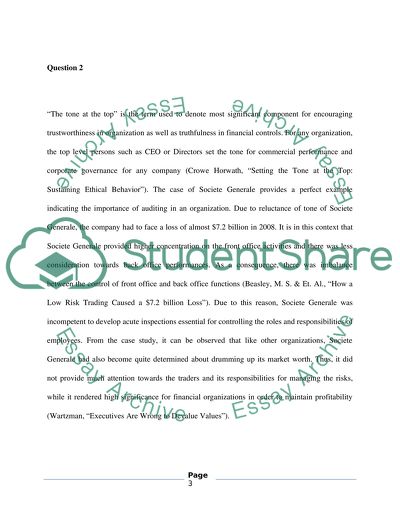Cite this document
(“Auditing Case Study Example | Topics and Well Written Essays - 1500 words”, n.d.)
Retrieved from https://studentshare.org/marketing/1396924-auditing
Retrieved from https://studentshare.org/marketing/1396924-auditing
(Auditing Case Study Example | Topics and Well Written Essays - 1500 Words)
https://studentshare.org/marketing/1396924-auditing.
https://studentshare.org/marketing/1396924-auditing.
“Auditing Case Study Example | Topics and Well Written Essays - 1500 Words”, n.d. https://studentshare.org/marketing/1396924-auditing.


